
Television
Best LGBTQ tv shows of the last 25 years
A lot has changed in the last 25 years of television from a time when closeted actors had secondary sidekick roles to the rise of the streaming platforms that have give us representation and our own stories. The shift has also taken place from the high end speciality channels to the mainstream networks, although even today networks struggle to put gay tv in the mainstream.
There is 30 years of LGBTQ representation on television that predates 2000, one-off characters written off shows after one episode, or merely guest stars for a single storyline. There were many mini-series and TV movies, all part of the slow march of progress to primetime inclusion. And just as we began to see gay actors playing gay character on mainstream network television, the streaming platforms have expanded the possibilities. Going mainstream is important to shifting society, while boundaries can still be broken with better storytelling away from generic network content.
But it has been the the last 25 or so odd years that LGBTQ television has come into its own. Here are a few of the best LGBTQ tv shows of the last two decades with queer main characters (and queer actors).
Trailblazers
There is a simple way to breakdown the evolution of LGBTQ characters of TV into two eras. A single moment in television history reshaped the landscape and opened the floodgates for LGBTQ lead characters—the Ellen coming out episode. The moment was such a watershed event that the post-Ellen or after-Ellen world looks completely different for LGBTQ characters.
The key reason Ellen marked a turning point is down to representation. Up until 1997 there had been a slow progress of LGBTQ characters throughout TV, and closeted LGBTQ actors, but none dared or were allowed to represent their true selves on television. So when Ellen came out, she did it in real life, then on the small screen.
Ellen (1994)
In 1997 Ellen had her coming out episode. Her sitcom had been running for a few years when the comedian decided that she and her screen character should both come out, making TV history. The two-part season ending episode was first broadcast April 30, 1997 on ABC, in a move many on the far-right wanted stopped.
For a brief time after we had an out lesbian actor playing an out lesbian on a network sitcom, and Ellen tackled several themes in that last season, before going off the air in May 1998. While the show didn’t last, that two-parter changed TV for ever, enabling other shows to follow.
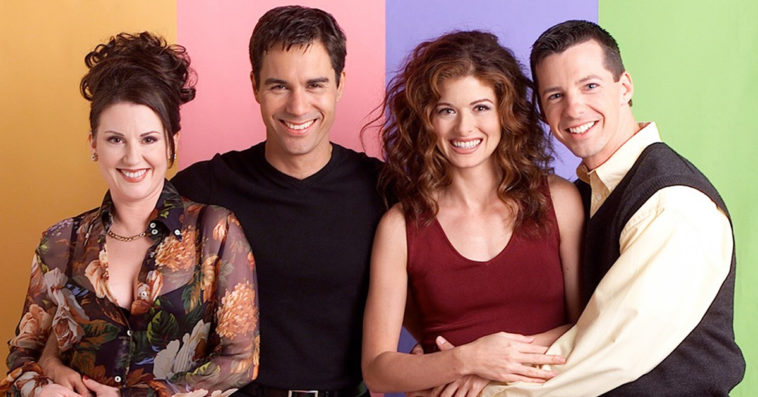
Will & Grace (1998)
September 1998 saw a new sitcom on NBC, Will & Grace featuring a gay male lead character (played by Eric McCormack… who happily pointed out in every interview that he was straight). Will was successful, single, neurotic and in a co-dependent relationship with his best friend Grace. We were saved the stereotypes and got genuine characters, both with Will, Jack and the numerous guest stars.
After running for 8 successful seasons, Will & Grace took a ‘hiatus’ and returned with three extra seasons in 2017. The same magic didn’t seem to work so well the second time, and that may just be because Will & Grace had already made a huge impact that the television landscape was already better for it, and another step ahead. At the conclusion of the original series, both Will and Grace were given happy, love-filled lives and children who would someday meet, but the revival erased that reality which was a shame for the loss of a storybook ending.

Queer As Folk (UK: 1999 / US: 2000)
Across the pond, UK television network Channel 4 cooked up the mini-series Queer as Folk which made waves and introduced a UK (and international) audience to the sex lives of a group of gay men in the northern English city of Manchester. Two extra episodes concluded the original single series of 8, but by that time US network Showtime had picked up the rights and taken their version through five seasons and 83 episodes. The US version followed the original so soon after that the two versions can be viewed as one important shift, though the UK original ran on a major broadcast network, and the US remake on a speciality cable channel.
LGBTQ characters had already been on television in the UK for years, and while none of the actors were out at the time, show runner and writer Russell T. Davies was out and telling important (and raw) queer stories.
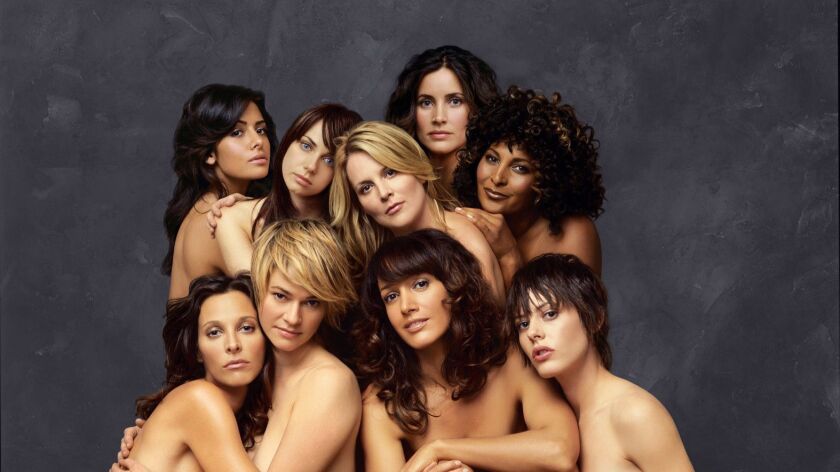
The L Word (2004)
Showtime gave viewers a female-led version of Queer as Folk (not that QAF was all-gay) in the hit series, The L Word. Running for six seasons, the series focused on a group of lesbian and bi women in West Hollywood, California (though mostly filmed in Vancouver). The show spawned several spin-offs and a recent reboot, and proved popular and a critical acclaim.
The flood
Since the early 2000s the list of shows has grown long. Shows throughout the first decade regularly had LGBTQ characters in manful roles, though not often as lead characters. Buffy the Vampire Slayer, Dawson’s Creek, The Wire, Six Feet Under, Friends, True Blood, Greys Anatomy were some of the shows with good solid LGBTQ character representation.
From 2009 onward we’ve seen many more queer lead characters, often portrayed by out actors. A few were short-lived such as Partners (a follow up by the Will & Grace creators) and Sean Saves The World (a second act for Sean Hayes).
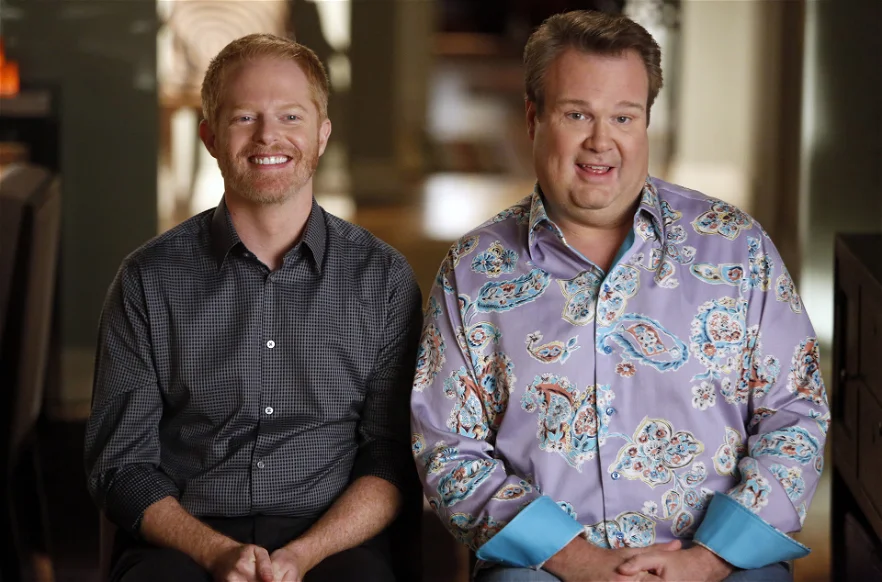
Modern Family (2009)
While Mitch and Cam were one of three family units, their coupling was both genuine and accepted. LGBTQ people were not only out, living their best lives, but also happily married with children, and putting up with the larger family antics. Some of the best episodes throughout the eleven season run were the family trips, normally season openers or finale episodes. Jesse Tyler Ferguson had a few dubs in the seasons before Modern Family (one a season long, another cut short after five episodes), so it was wonderful to see a gay actor succeeding in a role he owned.
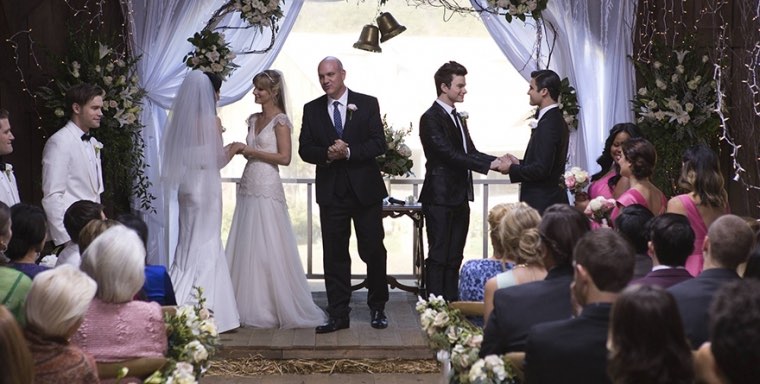
Glee (2009)
The same year Modern Family premiered Fox took a chance on a Ryan Murphy idea that screamed gay. Glee was silly and overly dramatic, while giving high school students well-adjusted role models. Chris Colfer’s character Kurt gave viewers a normal openly gay teenager, and situations that were challenging.
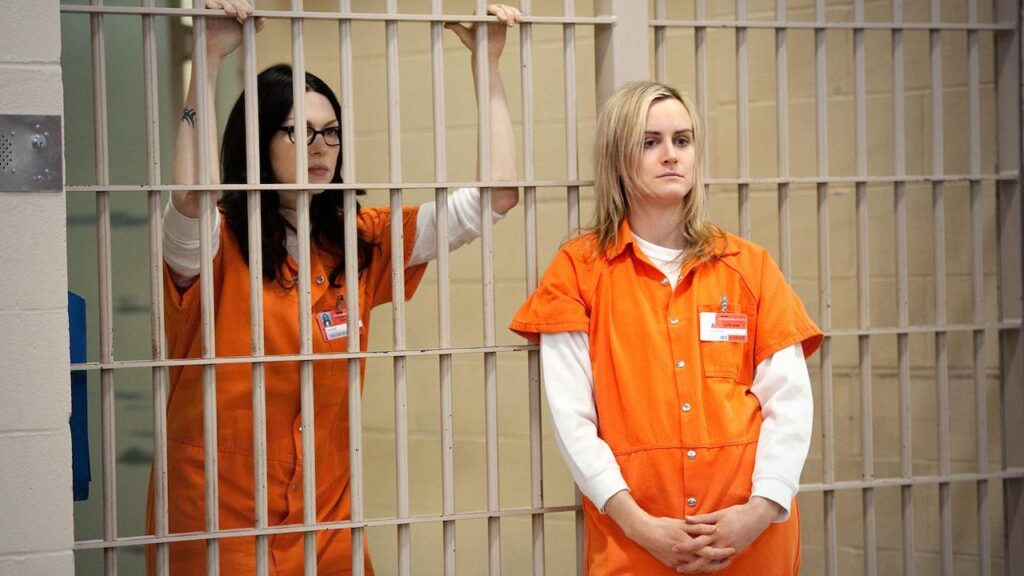
Orange is the New Black (2013)
Lesbians in a women’s prison might have sounded like another genre, but with Orange is the New Black we got real relationships and dramatic couplings worthy of any comedy-drama. Based on Piper Kerman’s memoir from her year on the inside, Taylor Schilling played Piper alongside Laura Prepon as Alex, Piper’s ex-girlfriend. The show lasted for seven seasons, a difficult feat for a Netflix series.
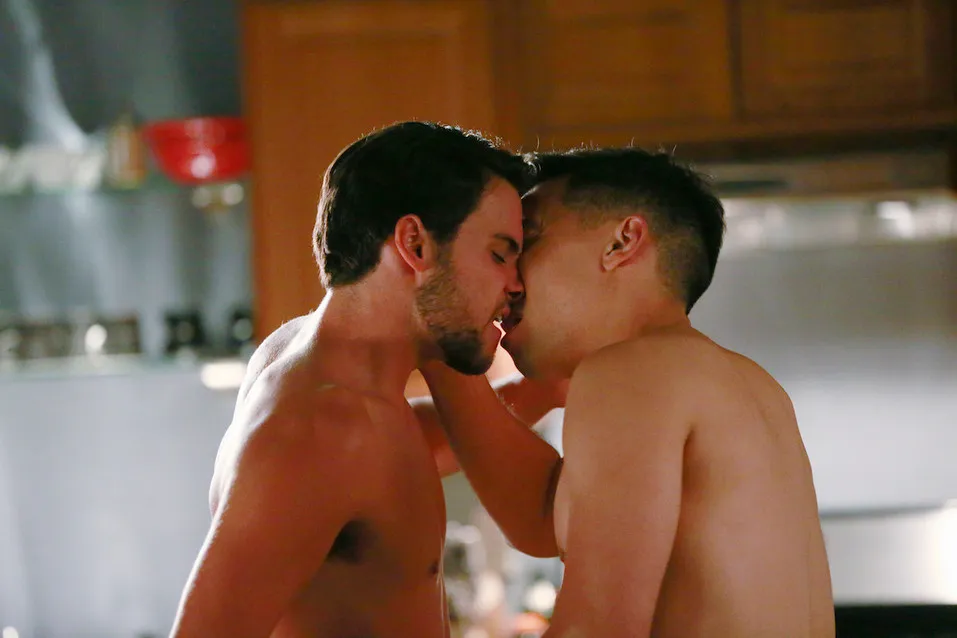
How to Get Away With Murder (2014)
While most of the best performances came from Viola Davis, law student and main character Connor Walsh (played by Jack Falahee) brought a new take on the hard-working overachieving cunning alpha-gay. And then there was some steaming action between Connor and Oliver (Conrad Ricamora).